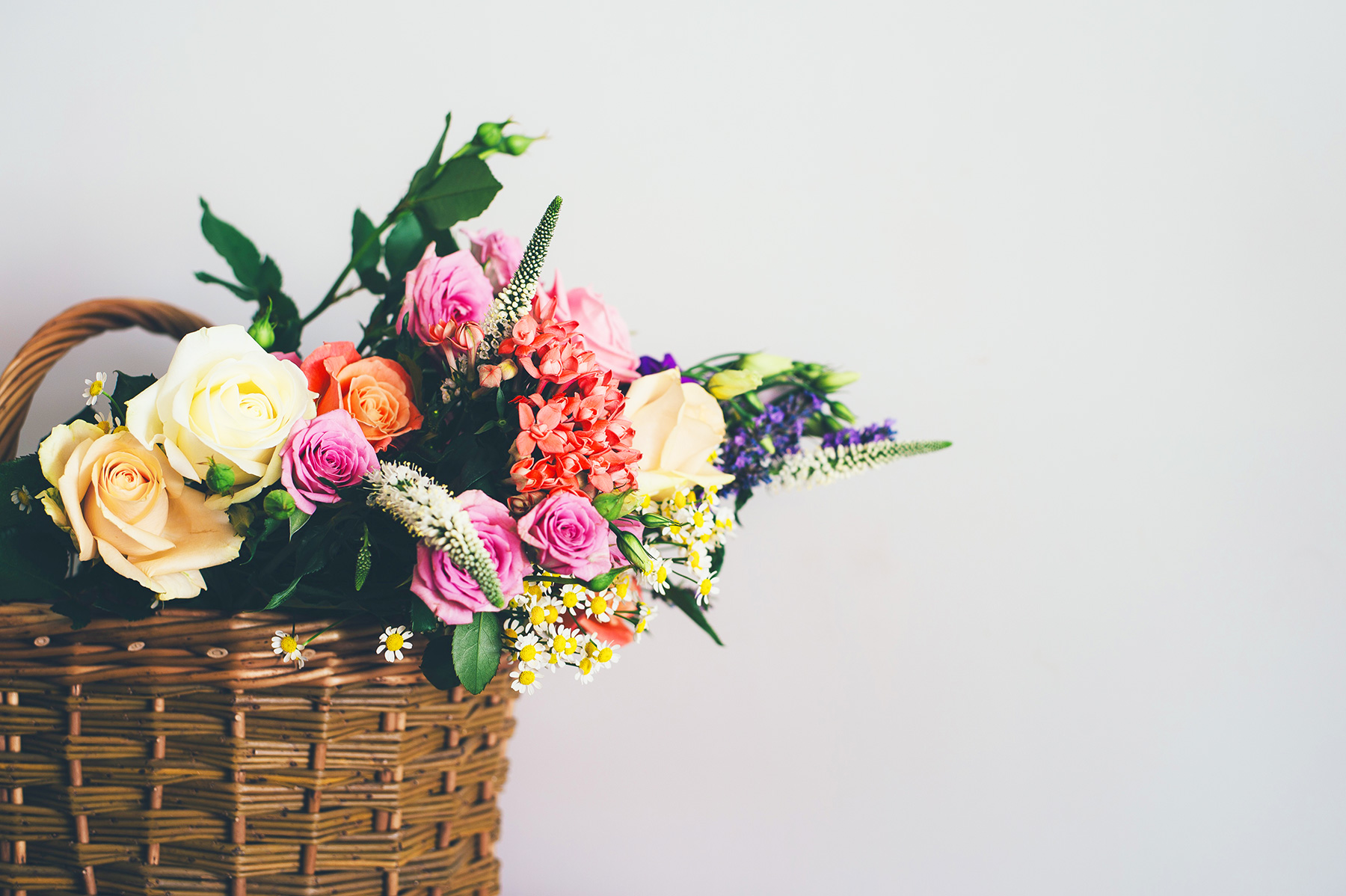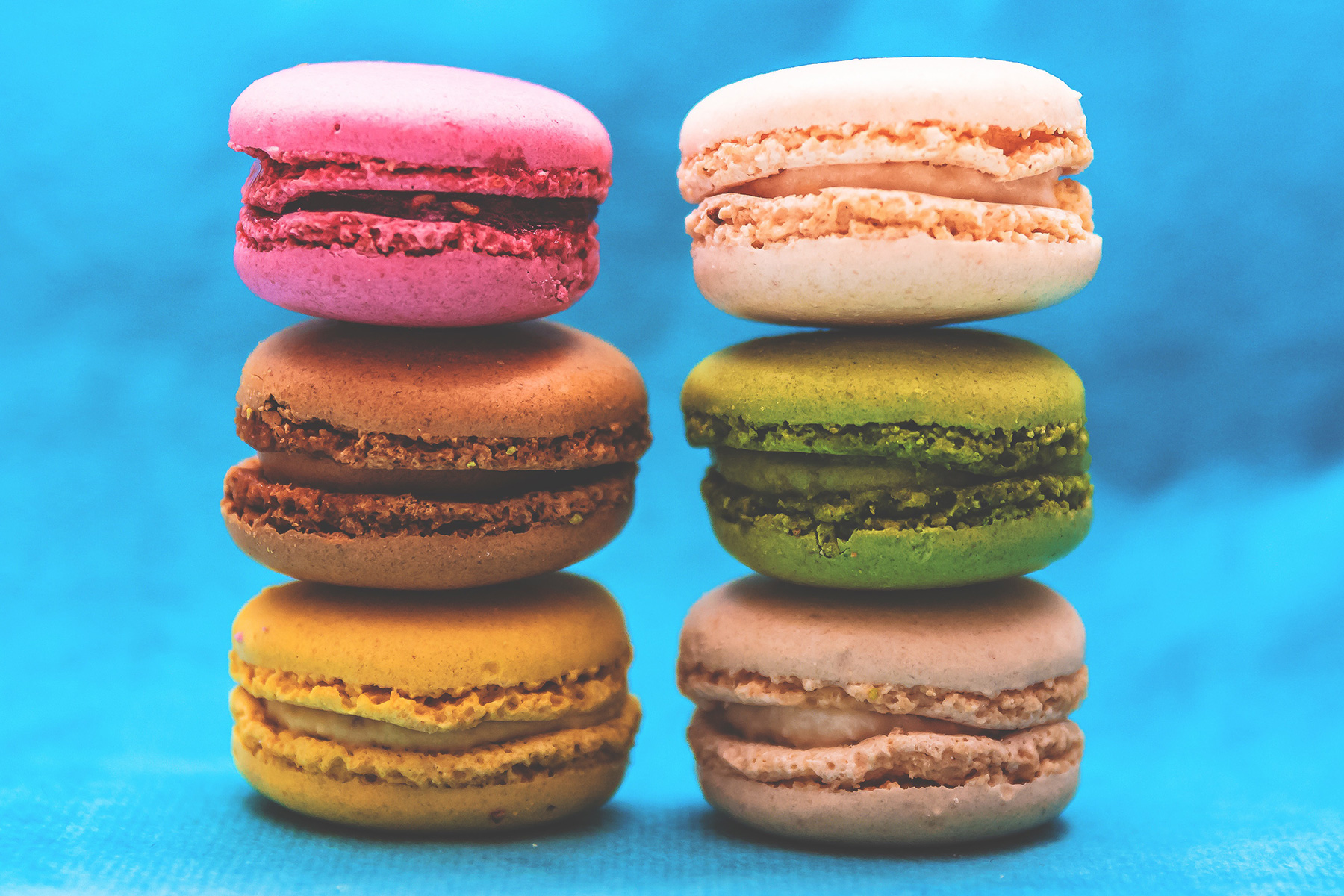Example From The Globe Flower Order
When I began, some years ago, to plead the cause of the innumerable hardy flowers against the few tender ones, put out at that time in a formal way, the answer frequently was, “We cannot go back to the mixed border”—that is to say, the old way of arranging flowers in borders. Knowing, then, a little of the vast world of plant beauty quite shut out of our gardens by the “system,” in vogue, I was led to consider the ways in which it might be introduced to our gardens; and, among various ideas that then occurred to me, was the name and scope of the “wild garden.” I was led to think of the enormous number of beautiful hardy plants from other countries which might be naturalised, with a very slight amount of trouble, in many situations in our gardens and[vi] woods—a world of delightful plant beauty that we might in this way make happy around us, in places now weedy, or half bare, or useless. I saw that we could not only grow thus a thousandfold more lovely flowers than are commonly seen in what is called the flower garden, but also a number which, by any other plan, have no chance whatever of being seen around us.
This is a system which will give us more beauty than ever was dreamt of in gardens, without interfering with formal gardening in any way.
In this illustrated edition, by the aid of careful drawings, I have endeavoured to suggest in what the system consists; but if I were to write a book for every page that this contains, I could not hope to suggest the many beautiful aspects of vegetation which the wild garden will enable us to enjoy at our doors. Read More


